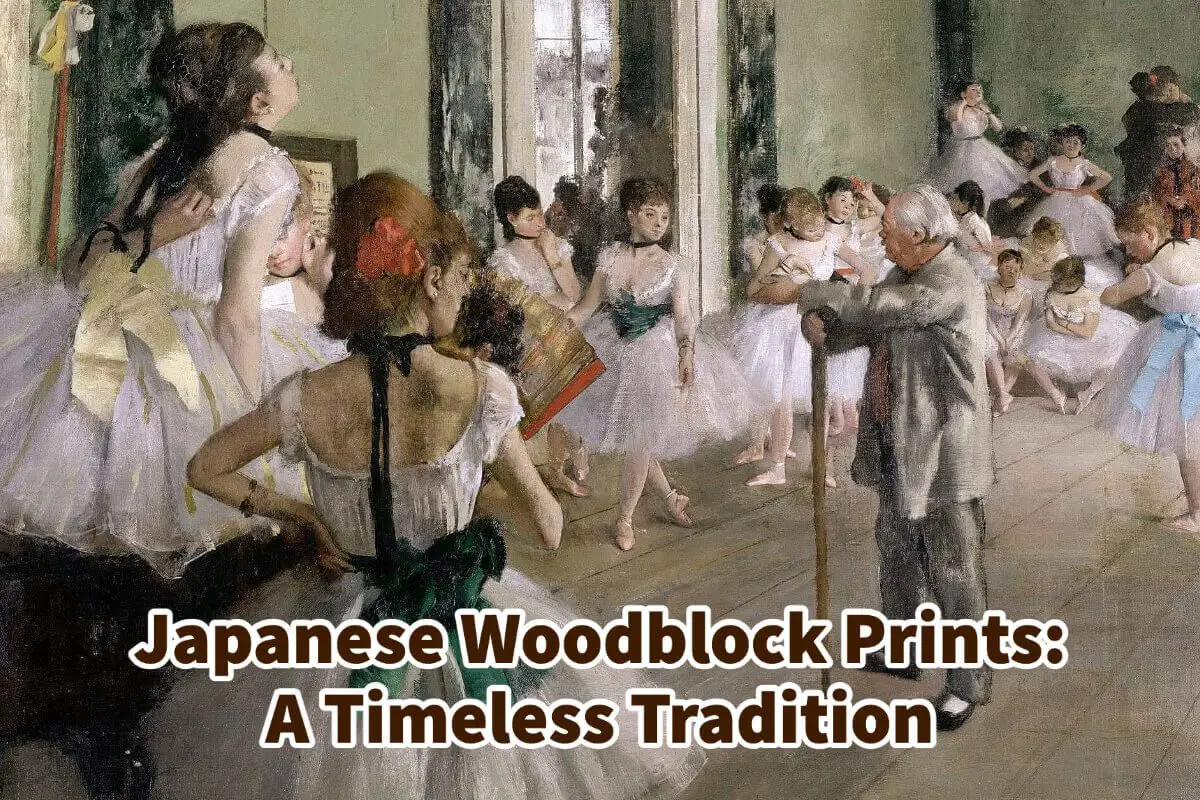We can not discuss Western art and the great Western artists without discussing how Japanese artists, particularly Japanese woodblock print artists, influenced Western art. Many Western artists have been captivated by Japanese woodblock prints.
Japanese woodblock prints are a unique and beautiful form of art that has captivated people for centuries. These prints are famous for their intricate designs, vibrant colors, and attention to detail. They provide a glimpse into the world of Japan during the Edo period (1603-1868) and are a testament to the artistic skill and creativity of the artists of that time.
Table of Contents
- History Of Japanese Woodblock Prints Explored
- Why Japanese Ukiyo-e Woodblock Prints Are Important:
- The Influence Of Japanese Woodblock Prints On Western Art
- 6 Important Western Artists Influenced By Japanese Woodblock Prints
- Japanese Woodblock Prints Influenced Vincent van Gogh
- Japanese Woodblock Prints Influenced Claude Monet
- Japanese Woodblock Prints Influenced Mary Cassatt
- Japanese Woodblock Prints Influenced Henri de Toulouse-Lautrec
- Japanese Woodblock Prints Influenced Edgar Degas
- Japanese Woodblock Prints Influenced Pablo Picasso
- Watch Our Short Stories About 8 Influential Japanese Woodblock Prints Below!
- Frequently Asked Questions
- Related Questions
Read on as we journey through the history of Japanese woodblock prints and explore why they are such important works of art.
History Of Japanese Woodblock Prints Explored
The history of Japanese woodblock prints dates back to the 8th century when Japan was heavily influenced by Chinese art and culture. At this time, woodblock printing was used mainly for Buddhist texts and other religious materials. However, it was not until the Edo period (1603-1868) that woodblock printing became a popular mass-produced art form in Japan.
Edo Period In Japan And Japanese Wood Block Prints
Japan was largely cut off from the outside world during the Edo (1603 -1868) period. This was due to a policy of isolationism that was put in place by the ruling shoguns.
As a result, Japanese culture began to flourish in its unique way. One of the most important developments during this time was the rise of the merchant class.
These wealthy merchants had money to spend on luxuries such as art, which led to a boom in the production of woodblock prints; the demand was very high for this type of art.
In the early Edo period, woodblock prints were mainly used for book illustrations and single-sheet prints. However, as the demand for these prints grew, artists began experimenting with new styles and techniques.
Japanese Ukiyo-e Style Of Woodblock Prints
The new styles and techniques led to the emergence of ukiyo-e, which translates to “pictures of the floating world.” Ukiyo-e prints depicted scenes from everyday life and were often colorful and vibrant. They were produced in large quantities and were affordable for the masses.
As ukiyo-e woodblock prints became more popular, artists began to specialize in different styles. Some focused on landscapes, while others specialized in portraits of beautiful women (bijin-ga) or actors (yakusha-e). These artists developed unique styles and techniques; art collectors sought their prints.
Why Japanese Ukiyo-e Woodblock Prints Are Important:
Japanese woodblock prints are essential works of art for several reasons. One of the most essential woodblock prints is the Ukiyo-e woodblock print.
Here are some of the primary reasons why woodblock prints continue to be essential artworks today:
Ukiyo-e Woodblock Prints Gives A Glimpse Of Japanese Life
The Japanese Ukiyo-e Woodblock prints provide a glimpse into the world of Japan during the Edo period. They depict scenes from everyday life, such as festivals, landscapes, and portraits of people. These woodblock prints provide a window into a world that would otherwise be lost to history.
Japanese Woodblock Prints Show Huge Technical Skill
Japanese woodblock prints, mainly the Ukiyo-e woodblock prints, are important works of art because of their technical skill and creativity. Creating a woodblock print is a complex process and requires great skill and precision.
The artist must first sketch the design, which is then carved onto a woodblock by a skilled craftsman. The woodblock is then inked and pressed onto paper to create the final print.
This process requires great skill and attention to detail, and the resulting prints are intricate and beautiful works of art.
The process also required many groups to collaborate, including artists, carvers, and printmakers. That is why you will find different stamps on most woodblock prints of the artist, printmaker and others.
The Influence Of Japanese Woodblock Prints On Western Art
We can not talk about Japanese woodblock prints without talking about their significant and vital influence on Western art. The Japanese woodblock print artists helped change and influence Western art.
In the 19th century, Western artists became fascinated with Japanese art, particularly Japanese woodblock prints. As Japan was open to the world for foreign trade, many traders started to bring back the woodblock prints to be sold in shops, especially in Paris.
Many Impressionism and Post-Impresionism artists saw these prints and started to purchase and collect them. They found inspiration in the prints, forom mainly the Ukiyo-e or Edo period.
The vibrant colors and intricate designs of these prints were a departure from the traditional styles of Western art and profoundly impacted modern art’s development.
6 Important Western Artists Influenced By Japanese Woodblock Prints
Several prominent Western artists were heavily influenced by Western art. Here are six of the more notable artists:
Japanese Woodblock Prints Influenced Vincent van Gogh
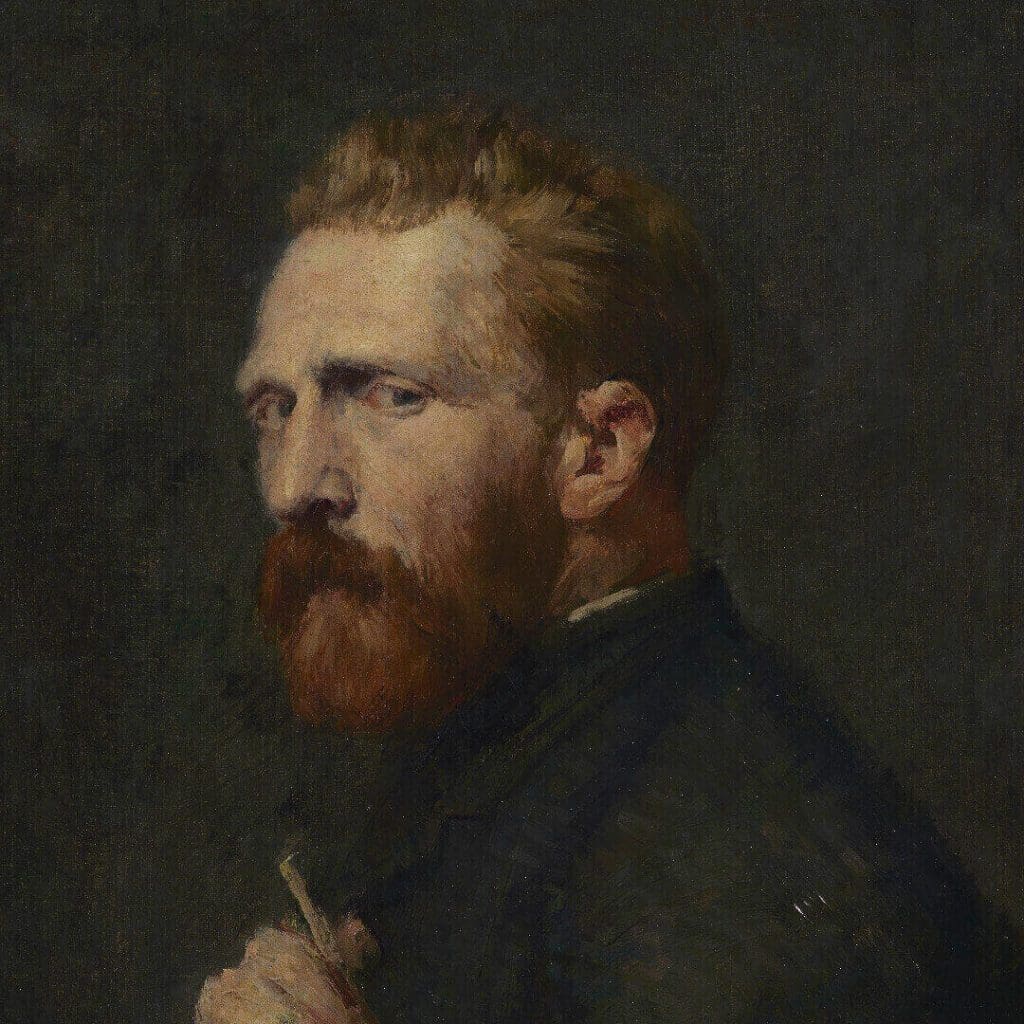
Vincent van Gogh was one of the most influential artists of the 19th century. He was heavily influenced by Japanese art, particularly Japanese woodblock prints.
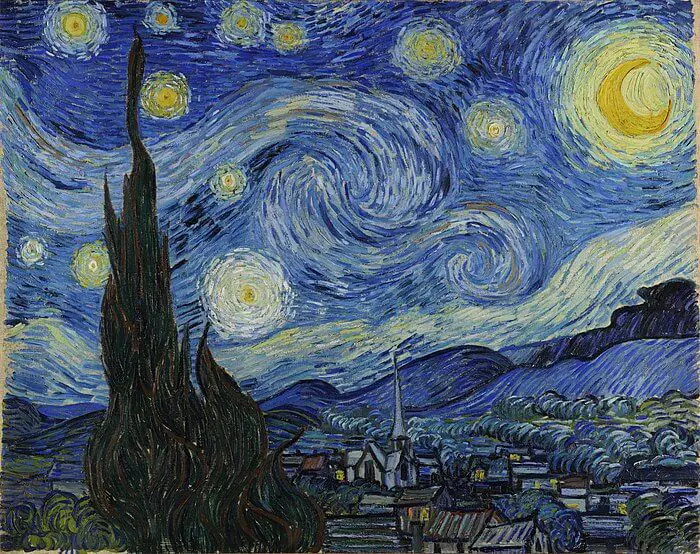
Van Gogh was drawn to these prints’ bright colors and bold designs and began incorporating these elements into his work. One of his most famous paintings, “Starry Night,” shows Japanese influence in its swirling, almost hypnotic patterns in the key. This is similar to what can be seen in many of the Japanese woodblock prints.
Japanese Woodblock Prints Influenced Claude Monet

Claude Monet was another vital artist who was influenced by Japanese woodblock prints. Monet was drawn to the way that Japanese artists were able to capture the beauty of nature through their art.
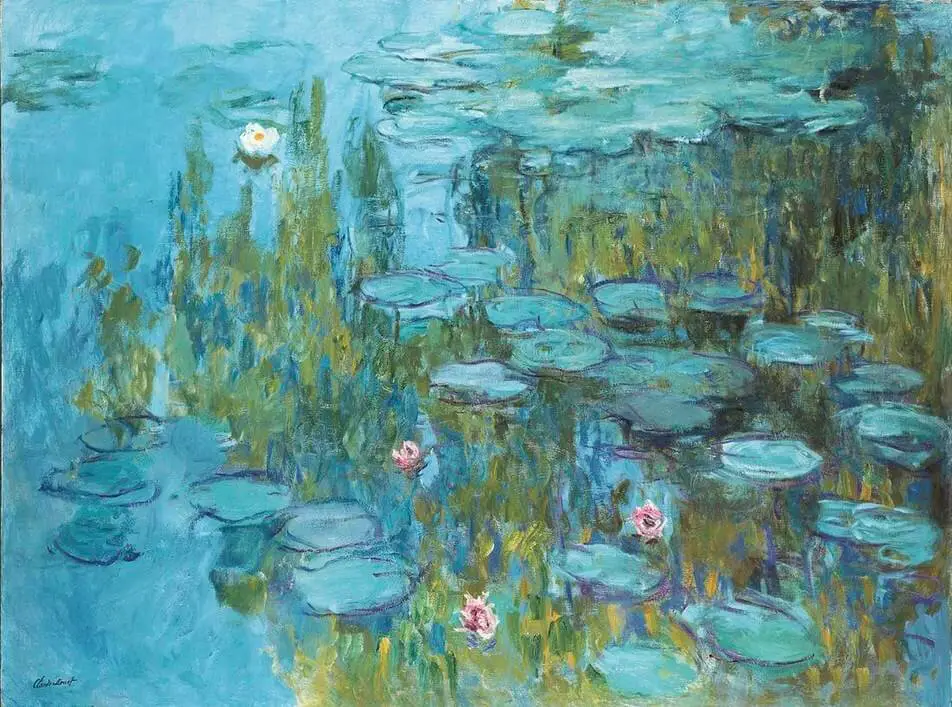
Monte was particularly taken with how these prints used color and began experimenting with new color palettes in his work. For example, his famous series of water lilies paintings show an apparent Japanese influence in their use of color and composition.
Japanese Woodblock Prints Influenced Mary Cassatt
Mary Cassatt was an American artist who spent much of her career in France. She was heavily influenced by Japanese art, particularly Japanese woodblock prints.
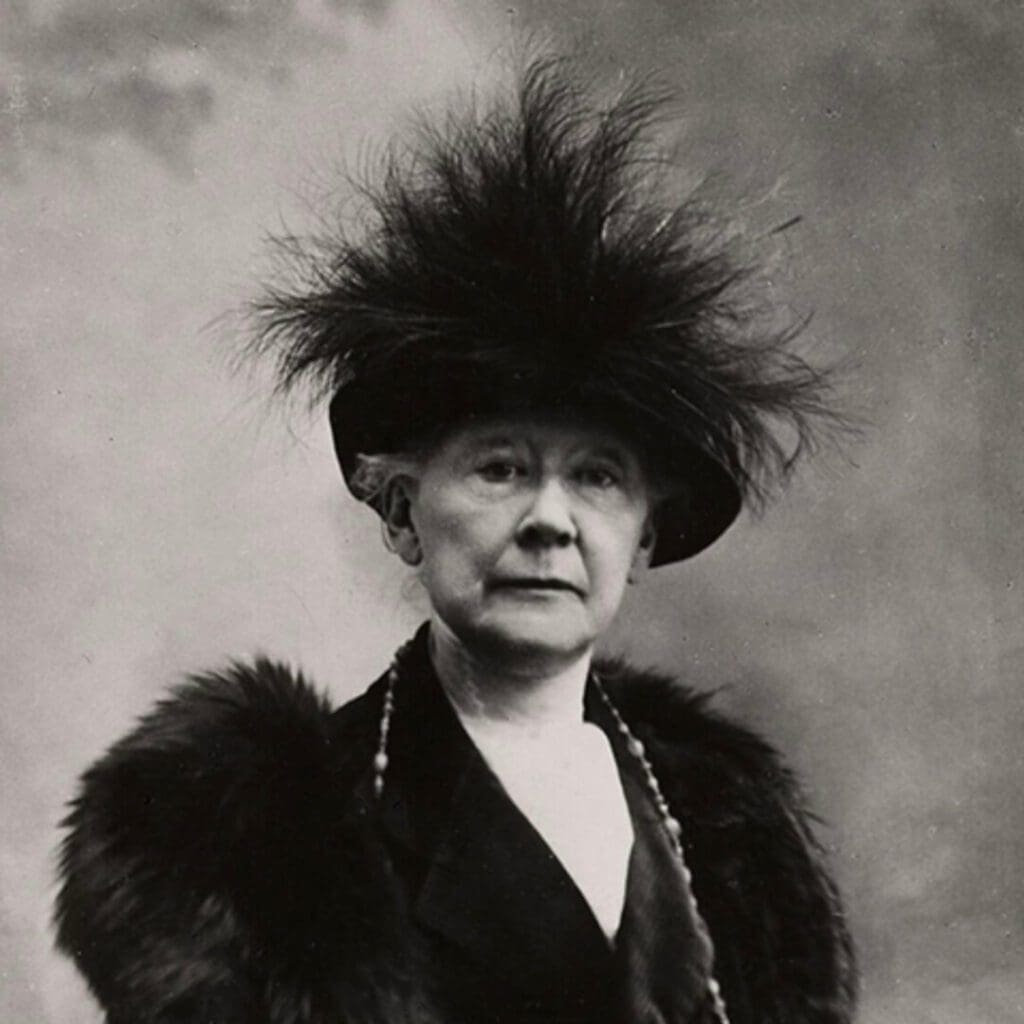
Cassatt was drawn to how these Japanese woodblock prints captured everyday scenes and emotions, and she began to incorporate these elements into her work.
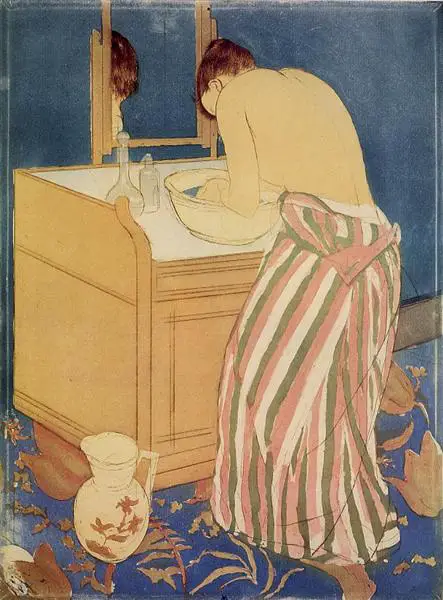
Her famous painting “The Bath” shows Japanese influence in its use of flattened perspective and attention to detail.
Japanese Woodblock Prints Influenced Henri de Toulouse-Lautrec
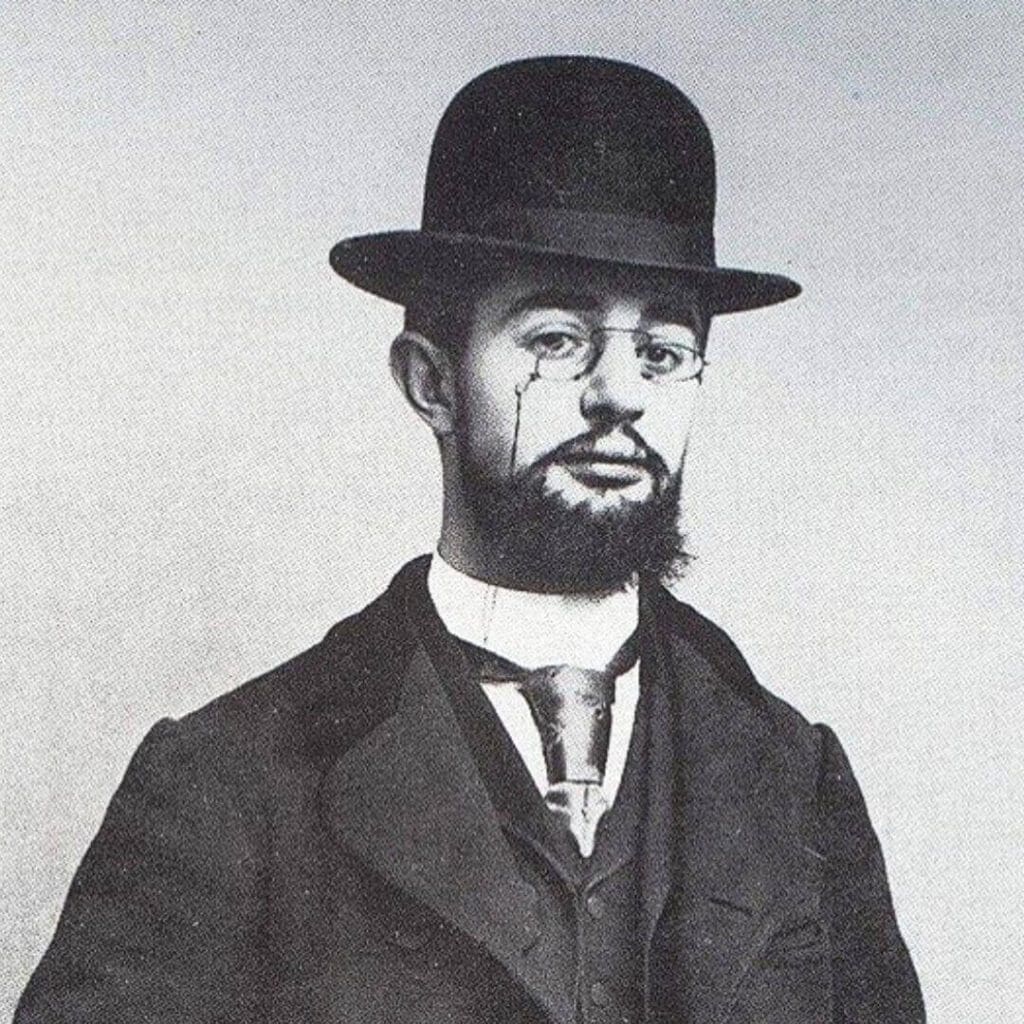
Henri de Toulouse-Lautrec was a French artist best known for depicting the nightlife in Paris. He was heavily influenced by Japanese woodblock prints, particularly their use of color and composition.

Toulouse-Lautrec began experimenting with new color palettes in his work, and he was particularly drawn to how these woodblock prints depicted scenes from everyday life, including some nightlife. His famous poster for the Moulin Rouge, for example, shows apparent Japanese influence in its bright colors and bold designs.
Japanese Woodblock Prints Influenced Edgar Degas
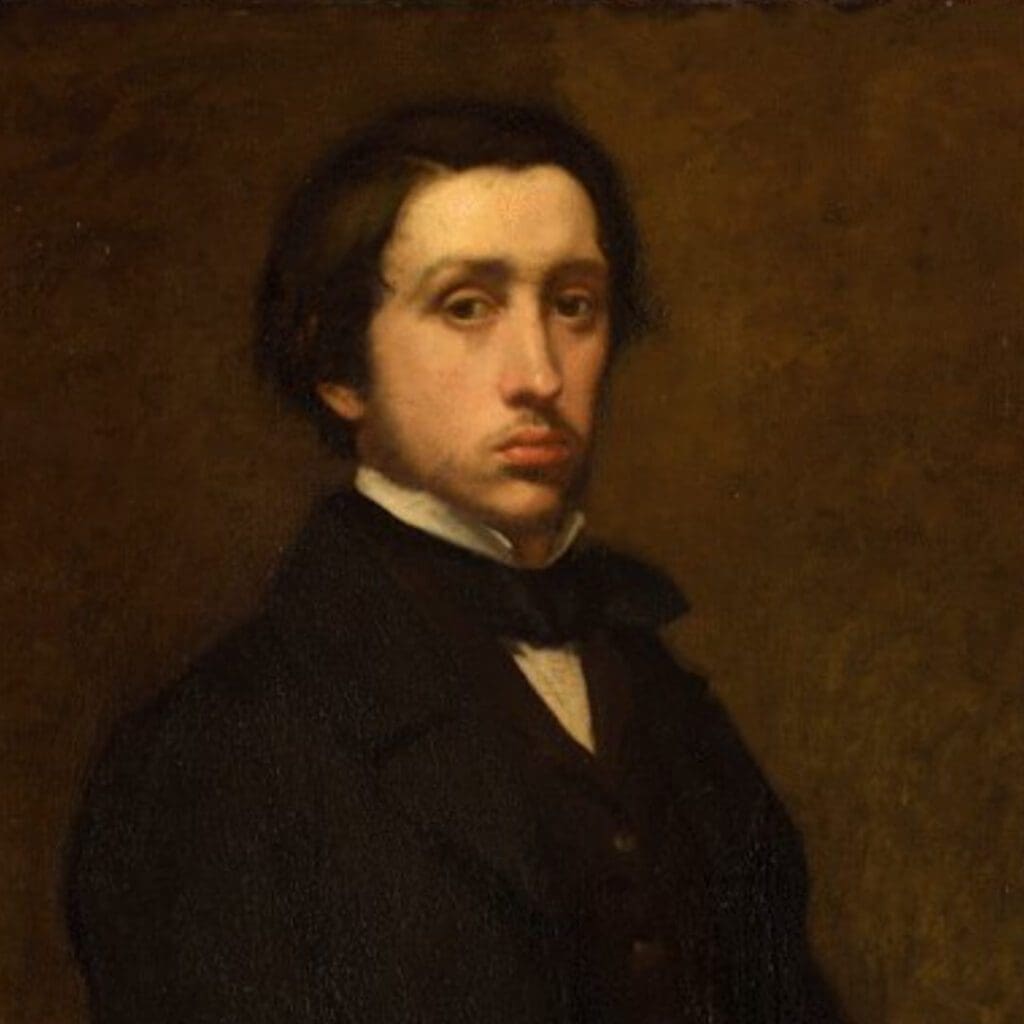
Edgar Degas was a French Impressionist painter best known for depicting ballet dancers. He was heavily influenced by Japanese woodblock prints, particularly their use of line and composition.

Degas was drawn to how these prints captured movement and emotion, and he incorporated these elements into his work. His famous painting “La Classe de Danse” shows apparent Japanese influence in its use of flattened perspective and attention to detail.
Japanese Woodblock Prints Influenced Pablo Picasso
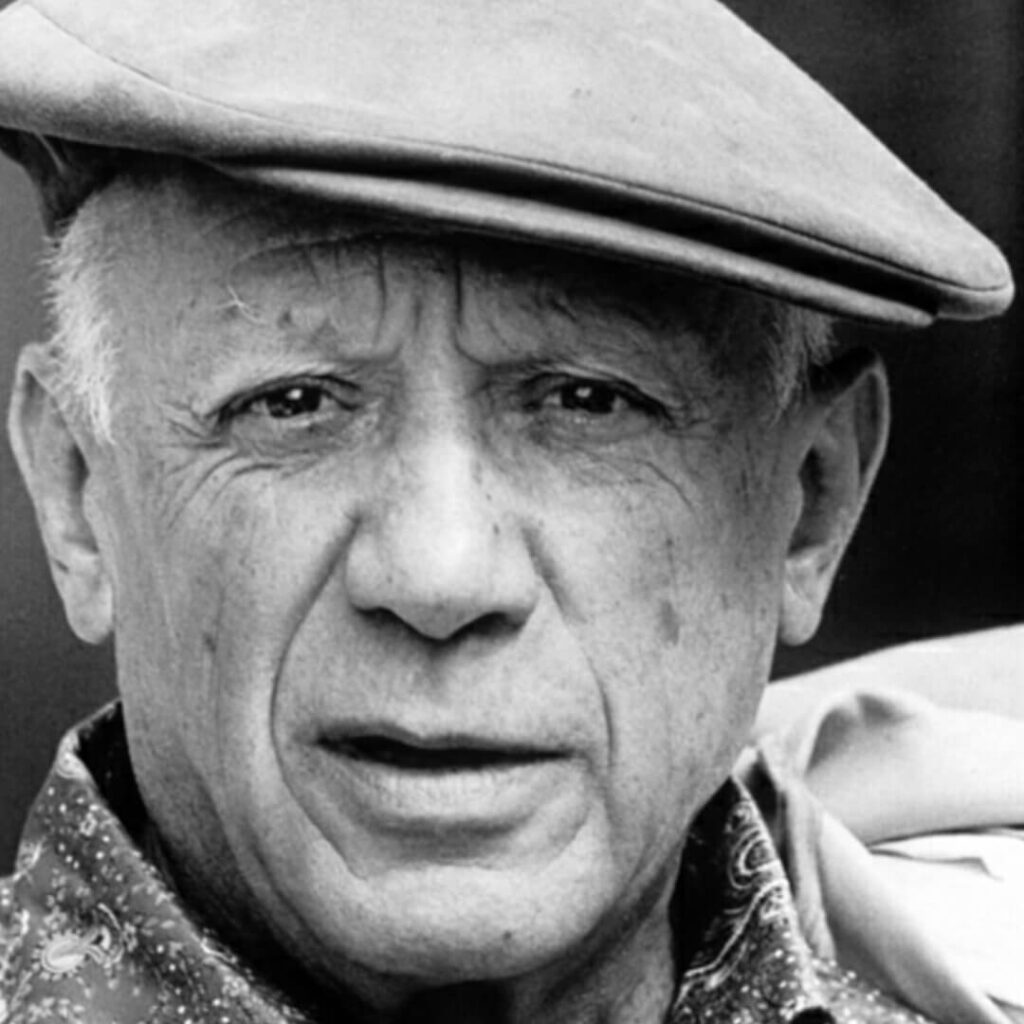
Pablo Picasso was a Spanish artist best known for his contributions to the development of Cubism. He was heavily influenced by Japanese art, particularly Japanese woodblock prints.
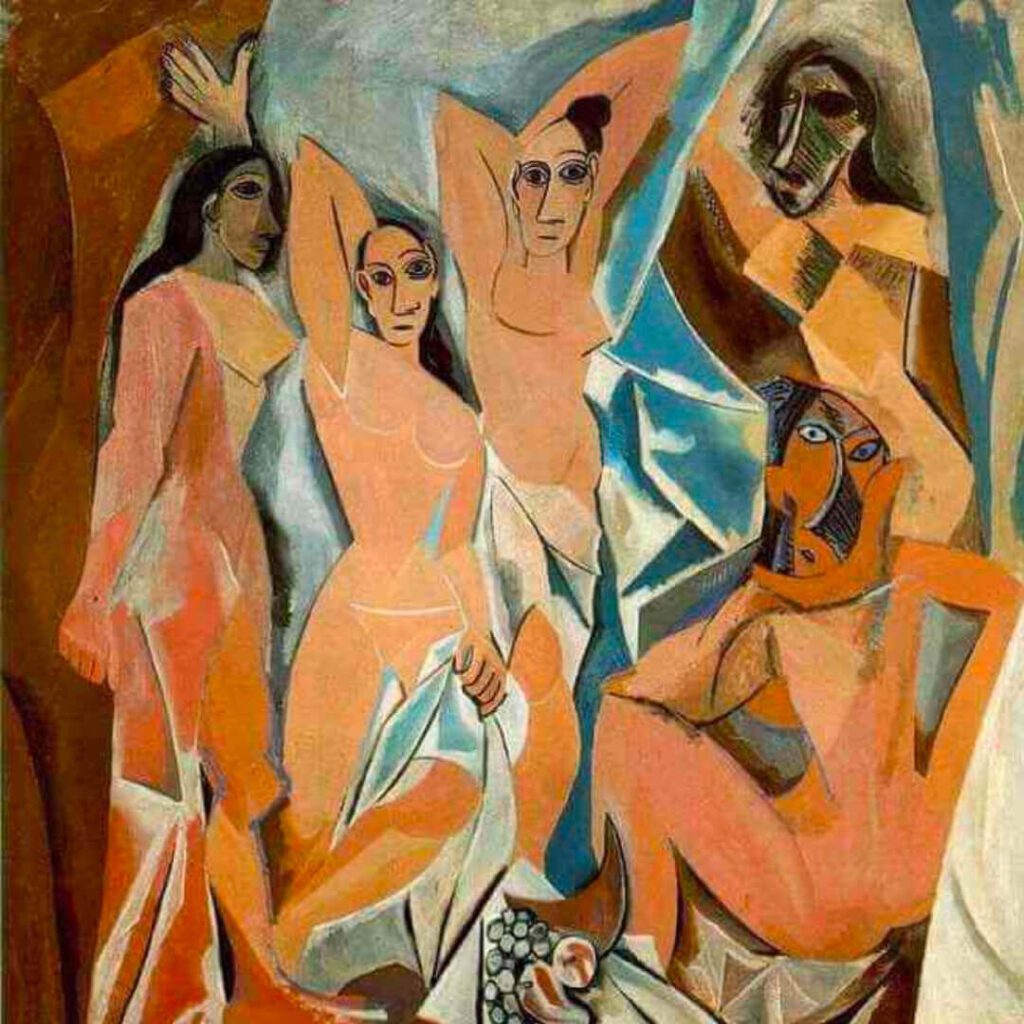
Picasso was drawn to how these prints used simple lines and shapes to depict complex scenes and emotions. He began experimenting with these techniques in his work, and his famous painting “Les Demoiselles d’Avignon” shows apparent Japanese influence in its use of flattened perspective and bold designs.
As you can see from all these Western artists, Japanese woodblock prints are a timeless tradition that profoundly impacted the art world. The woodblock prints provide a window into the world of Japan during the Edo period, and they are a testament to the artistic skill and creativity of the Japanese artists.
These Japanese woodblock prints are essential works of art because of their technical skill, historical significance, and influence on Western art. These prints’ vibrant colors and intricate designs have inspired some of the most significant Western artists, and their legacy continues to be felt in today’s world of art.
Whether you are an art lover or appreciate the beauty of everyday life, Japanese woodblock prints are a must-see. As an artist, they are works of art you can be inspired by.
Watch Our Short Stories About 8 Influential Japanese Woodblock Prints Below!
Anita Louise Art is dedicated to art education, great artists, and inspiring others to find and create their art. We love art that uplifts and inspires. #ArtToMakeYouSmile! #ArtToMakeYouHappy!
If you are interested to see any of my art, you can find out more by clicking here. If you are interested in what inspires me and my paintings, you can discover more by clicking here.
We have a free newsletter and would love you to be part of our community; you can subscribe to the newsletter by clicking here. If you have any questions, I would be happy to talk to you at any time. You can reach me, Anita, by clicking here.
Subscribe to our Anita Louise Art YouTube Channel filled with great videos and information by clicking here.
Frequently Asked Questions
What are Japanese woodblock prints, and why are they significant in the context of Western art?
Japanese woodblock prints are a traditional form of art that involves carving a design into a wooden block, applying ink to the block, and then printing it onto paper. These prints gained significance in Western art due to their unique aesthetic qualities and the influence they had on prominent Western artists.
How did Japanese woodblock prints make their way to the West?
The arrival of Japanese woodblock prints in the West can be attributed to the increased trade and cultural exchange between Japan and the West during the 19th century. These prints became highly sought after and were brought to Europe, where they captivated artists and collectors alike.
Which Western artists were particularly influenced by Japanese woodblock prints?
Many notable Western artists, such as Vincent van Gogh, Claude Monet, and Edgar Degas, were deeply influenced by Japanese woodblock prints. The prints’ bold compositions, use of color, and emphasis on everyday life resonated with these artists and left a lasting impact on their work.
How did Japanese woodblock prints impact Western artistic techniques and styles?
The influence of Japanese woodblock prints on Western art was evident in the adoption of certain techniques and styles. Western artists started incorporating flattened perspectives, bold outlines, and vibrant color palettes reminiscent of Japanese prints into their own works.
In what ways did Japanese woodblock prints influence the subject matter of Western art?
Japanese woodblock prints often depicted scenes from everyday life, landscapes, and nature. Western artists, inspired by this emphasis on everyday subjects, began incorporating similar themes into their art, moving away from traditional European subject matter.
Did Japanese woodblock prints influence Western art movements, and if so, which ones?
Japanese woodblock prints had a significant impact on the development of Western art movements such as Impressionism and Post-Impressionism. The emphasis on capturing the fleeting moment and experimenting with color and light in these movements can be traced back to the influence of Japanese prints.
How did Japanese woodblock prints contribute to the broader cultural exchange between Japan and the West?
The popularity of Japanese woodblock prints played a crucial role in fostering cultural exchange between Japan and the West. These prints served as a visual bridge, introducing Western audiences to Japanese aesthetics, lifestyle, and artistic traditions.
Were there specific elements of Japanese woodblock prints that Western artists found particularly captivating?
Western artists were drawn to various elements of Japanese woodblock prints, including the use of bold and flat color, asymmetrical compositions, and depictions of nature and everyday life. These elements challenged traditional Western artistic norms and inspired a new way of approaching art.
How did the fascination with Japanese woodblock prints manifest in Western art collections and exhibitions?
The popularity of Japanese woodblock prints led to the inclusion of these artworks in Western art collections and exhibitions. Museums and galleries showcased these prints alongside Western art, highlighting their impact on the broader artistic landscape.
Did the influence of Japanese woodblock prints extend beyond the visual arts to other aspects of Western culture?
Yes, the influence of Japanese woodblock prints extended beyond the visual arts to influence literature, fashion, and even interior design in the West. The Japanese aesthetic, as seen in these prints, became a source of inspiration across various cultural domains.
Related Questions
Claude Monet And His Art Work
Claude Monet was one of the more prolific and consistent Impressionism painters. He was a great believer in painting what is in nature and the changing light. He was an en Plein air painter. He is known for his strong and bold colors and short brush strokes.
By clicking here, you can learn more by reading Claude Monet And His Art Work.
How Much Is Van Gogh’s Starry Night Worth?
Van Gogh used color, form, and emotions in his art. He had a bright palette that was individualized for his time. Even though he did not see a lot of success during his life after he died, the impact of his art can be seen in both the Expressionism and Fauvism movements that were taking place in Europe.
By clicking here, you can learn more by reading How Much Is Van Gogh’s Starry Night Worth?, And Other Facts.
What Inspired Leonardo da Vinci To Paint The Last Supper?
Duke Ludovico Sforza commissioned Leonardo to paint the Last Supper mural. What makes the Last Supper mural so unique is that he painted it at the exact time when Christ told the Apostles during The Last Supper meal that one of them would betray him. Leonardo showed the apostles’ reactions, including Judas, who betrayed Christ.
By clicking here, you can learn more by reading What Inspired Leonardo da Vinci To Paint The Last Supper?

